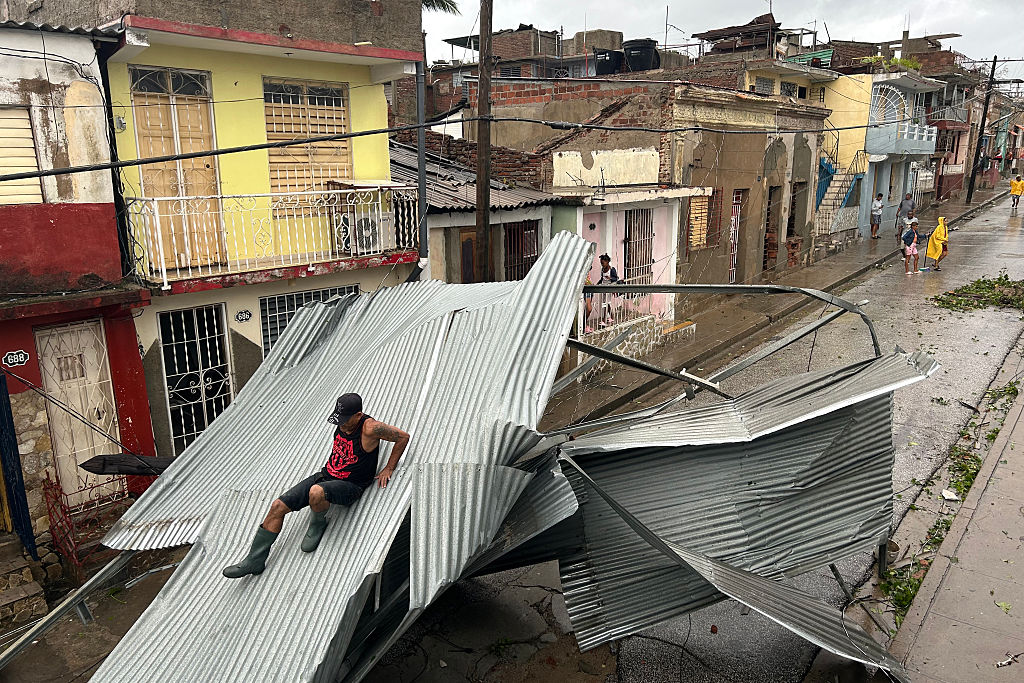Angelina Jolie's Double Mastectomy: Should You Get Genetic Cancer Testing?
Angelina Jolie’s Mastectomy: Should You Get Genetic Cancer Testing?
Angelina Jolie, 37, is easily recognized as one of the most beautiful women in the world. Her decision to share that she underwent a preventative double mastectomy will ensure that she’s also known as one of the bravest.
The Hollywood actress and global humanitarian made the gutsy move after a BRCA genetic test revealed that, due to having inherited the “faulty” gene from her mother, who died from breast cancer at 56-years-old, she had a 87 percent risk of breast cancer and a 50 percent risk of ovarian cancer.
Jolie wrote in a New York Times Op-Ed:
Once I knew that this was my reality, I decided to be proactive and to minimize the risk as much I could. I made a decision to have a preventive double mastectomy. I started with the breasts, as my risk of breast cancer is higher than my risk of ovarian cancer, and the surgery is more complex.
On April 27, I finished the three months of medical procedures that the mastectomies involved. During that time I have been able to keep this private and to carry on with my work.
But I am writing about it now because I hope that other women can benefit from my experience. Cancer is still a word that strikes fear into people’s hearts, producing a deep sense of powerlessness. But today it is possible to find out through a blood test whether you are highly susceptible to breast and ovarian cancer, and then take action.
Watch more on Jolie’s medical journey below:
According to the National Cancer Institute, 60 percent of women with a BRCA mutation will develop breast cancer in their lifetime, compared to 12 percent of women in the general population.
Though BCRA is a simple blood test, it costs approximately $3,000 and is not always covered by insurance.
Because less than 1 percent of women have a BRCA mutation, the costly genetic testing is only recommended if women are at high risk, defined by the NCI as follows:
For women who are not of Ashkenazi Jewish descent, the NCI recommends genetic testing if you have:
- Two first-degree relatives diagnosed with breast cancer, with one of them before age 51. First-degree relatives include your mother or sister;
- Three or more first- or second-degree relatives diagnosed with breast cancer. Second-degree relatives include your grandmother or aunt;
- A combination of first- and second-degree relatives diagnosed with breast cancer or ovarian cancer;
- A first-degree relative diagnosed with cancer in both breasts;
- A combination of first- or second-degree relatives diagnosed with ovarian cancer;
- A first- or second-degree relative diagnosed with breast and ovarian cancer;
- A male relative diagnosed with breast cancer.
For women of Ashkenazi Jewish descent, who are more likely to carry a specific BRCA2 defect passed from generation to generation, the NCI recommends genetic testing if you have:
- A first-degree relative diagnosed with breast or ovarian cancer;
- Two second-degree relatives on the same side of the family diagnosed with breast or ovarian cancer.
According to a study presented by the Perelman School of Medicine at the University of Pennsylvania, only 53 percent of newly diagnosed breast cancer patients who were at high risk of carrying a BRCA 1 or BRCA 2 mutation reported that their doctors recommended that they be tested for the genes.
Doctors were less likely to recommend the test if the patient was older, low-income or employed.
Though Jolie described the test as something that should be done so women can “take action,” BRCA testing is largely unavailable to underserved women in the United States.
African-American and low-income women have lower rates of cancer screening and higher rates of late-stage disease than do their counterparts, reports the National Library of Medicine.
If you are in an under-served group, please contact the American Cancer Society for more information.











